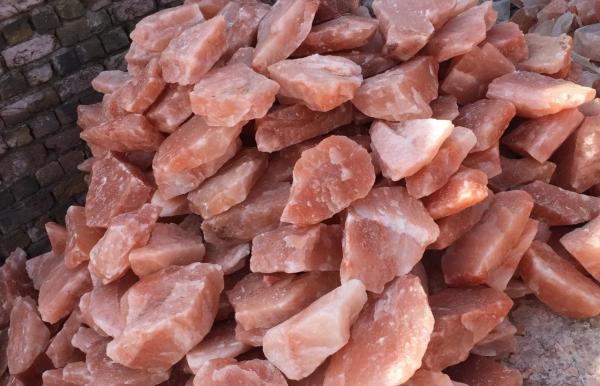Study shows that human activity is disrupting the natural salt content of freshwater
1 Nov 2023 by The Water Diplomat

A study published by Nature Reviews Earth and Environment has shown that increasing salt production is contributing to the ‘freshwater salinization syndrome’: scientists are observing dramatic increases in salt concentrations in freshwater systems across local, regional, continental, and global scales. In nature, through slow geological processes such as the weathering of rocks, water running across the surface of the land or percolating through soils naturally results in minerals dissolving in water. Weathering – the breaking down or dissolving of rocks and minerals on the earth’s surface – takes place through a combination of physical, chemical and biological processes and this releases salt ions into surface waters, soils, and the air.
The existence of salts in freshwater is therefore a perfectly normal phenomenon. These salts (which include not just sodium and chloride but also calcium, magnesium, bicarbonate, sulphate and nitrate) are essential nutrients for living organisms. They also play a physical and chemical role in erosion and other natural processes.
However, over the past century, many human activities have released salts into the environment, and in doing so have added an anthropogenic salt cycle to a natural ‘salt cycle’. These salts are transported through the water cycle, resulting in increased salinity of freshwater, soils, and the atmosphere. Key drivers of this process are irrigation, the utilization of salts to de-ice roads, the use of fertilisers in agriculture, the discharge of wastewater into the environment, mining, resource extraction, and saltwater intrusion into aquifers through over pumping. For example, some 20 million tons of rock salt are used for ‘road salt’ in the United States (and 300 million tons globally) , and almost 40 million tons of potash is extracted globally for use as chemical fertilizer.
Typically, these salts collect in inland waters, and many of the different salts produced by humanity converge in and have a joint impact on inland water systems. The hydrological cycle is a major transporter of salt, and one of the main mechanisms for the transport of salts is from rivers to oceans. In addition, salts travel through soils, and through groundwater. Over the past 50 years there has been a major increase in the prevalence of these ions in streams and rivers on a continental and a global scale. Many coastal towns and cities are affected by salt water intrusion into water sources: salt water intrusion affects at least 501 cities, and thus urban water supply is vulnerable to the effects of salinization.
The researchers conclude that more research needs to be done to obtain accurate measurements of the phenomenon. There are measures which can be taken to manage the problem such as controlled releases of water from reservoirs to dilute salinity, conservation work where land use changes have taken place, or stormwater management strategies. To effectively manage the problem, more work will be necessary to identify when environmental limits are being exceeded for human health and ecosystem processes and services.
